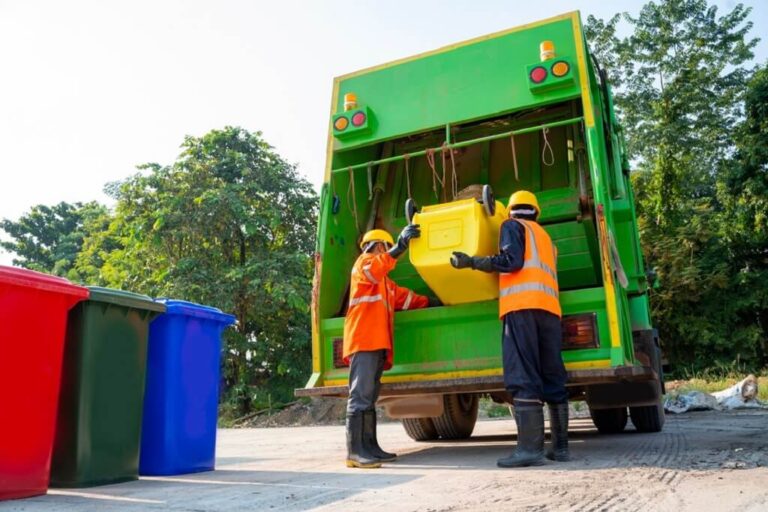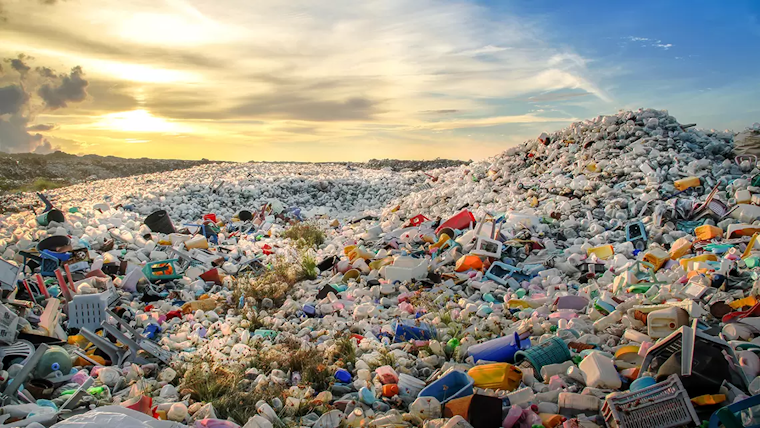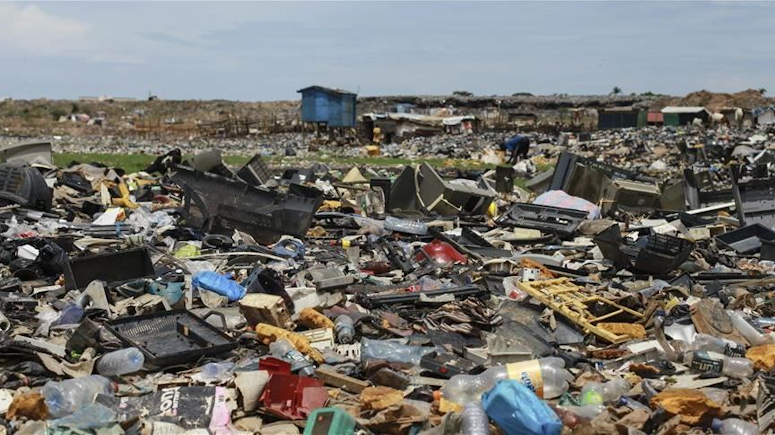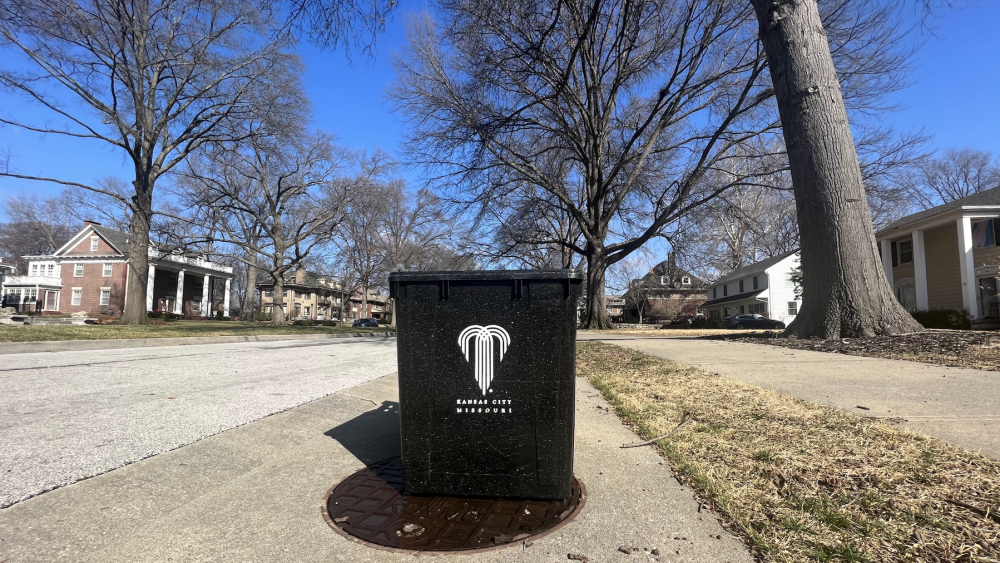Waste management policies in the United States have evolved over time in response to various factors such as population growth, changing lifestyles, and technological advancements. The primary goal of these policies is to minimize the negative impact of waste on the environment and human health by reducing, reusing, and recycling waste.
In the early days, waste was typically disposed of in landfills or incinerated. However, as concerns about the environmental and health impacts of these methods grew, new policies were implemented to encourage more sustainable waste management practices.
One of the most significant pieces of legislation related to waste management in the United States is the Resource Conservation and Recovery Act (RCRA), which was enacted in 1976. The RCRA established a framework for the management of hazardous waste, requiring that it be tracked from generation to disposal to ensure that it is handled and disposed of safely. The act also required states to develop solid waste management plans, which outlined how waste would be managed within their borders.
The 1980s saw the introduction of policies aimed at promoting recycling and reducing waste. The federal government established the Office of Solid Waste and Emergency Response, which was responsible for overseeing the implementation of the RCRA and promoting the reduction of waste. States also began to implement recycling programs and introduce landfill bans on certain materials.
In the 1990s, the federal government passed the Pollution Prevention Act, which sought to reduce the amount of waste generated in the first place by encouraging businesses to adopt more sustainable practices. The act also established the Toxics Release Inventory, which required businesses to report the release of certain chemicals into the environment.
In the early 2000s, the federal government passed the Clean Air Act, which aimed to reduce air pollution and emissions from waste incineration. The act required the use of the best available technology to reduce emissions from waste incinerators, and it also established emissions standards for certain pollutants.
In recent years, waste management policies in the United States have focused on reducing waste and promoting recycling. The federal government has set a goal of reducing food waste by 50% by 2030, and many states have implemented laws requiring businesses to recycle or compost certain materials. Some cities have also introduced zero-waste initiatives, which aim to divert all waste from landfills and incinerators.
One of the most notable waste management policies in the United States is the Environmental Protection Agency’s (EPA) “WasteWise” program. The program encourages businesses, schools, and government agencies to reduce waste, recycle, and buy recycled products. Participants in the program are required to track their waste reduction and recycling efforts and report the results to the EPA.
Another important policy is the EPA’s “Municipal Solid Waste Landfill (MSWLF) Regulations,” which establish standards for the design and operation of landfills. The regulations aim to prevent pollution from landfills by requiring liners to prevent leaks and collecting gases generated by the waste.
States and local governments also play a significant role in waste management policy. California, for example, has implemented a number of laws aimed at reducing waste and promoting recycling. The state’s “Bottle Bill” requires beverage containers to be recyclable and establishes a deposit system to encourage their return. California has also implemented a law requiring businesses to recycle organic waste, such as food and yard waste.
In addition to legislation and regulations, technological advancements have played a role in waste management in the United States. For example, advancements in recycling technology have made it possible to recycle a wider range of materials than ever before. New methods of waste-to-energy conversion have also been developed, which can generate electricity from waste.
Despite these efforts, waste management remains a significant challenge in the United States. According to the EPA, Americans generated about 292.4 million tons of municipal solid waste in 2011, which is an average of 4.9 pounds per person per day. Of that waste, only about 32.1% was recycled or composted, while the rest was sent to landfills or incinerated.
One of the biggest obstacles to more sustainable waste management in the United States is the lack of infrastructure for recycling and composting. Many communities lack the necessary facilities and programs to collect and process recyclable materials and organic waste. This leads to a significant amount of waste being sent to landfills or incinerators that could otherwise be recycled or composted.
Another challenge is the relatively low cost of landfilling and incineration compared to recycling and composting. Because it is often cheaper to simply dispose of waste rather than recycle or compost it, there is less economic incentive for businesses and individuals to adopt more sustainable practices.
There is also a need for better education and awareness around waste management. Many people are not aware of the impact of their waste on the environment and may not know how to properly recycle or compost. Increasing education and awareness around waste management can help to encourage more sustainable practices and reduce the amount of waste sent to landfills and incinerators.
In conclusion, waste management policies in the United States have come a long way in recent decades, with a focus on reducing waste, promoting recycling, and protecting the environment and public health. However, there is still much work to be done to address the significant challenges that remain. With continued efforts and innovation, it is possible to create a more sustainable and resilient waste management system in the United States.






